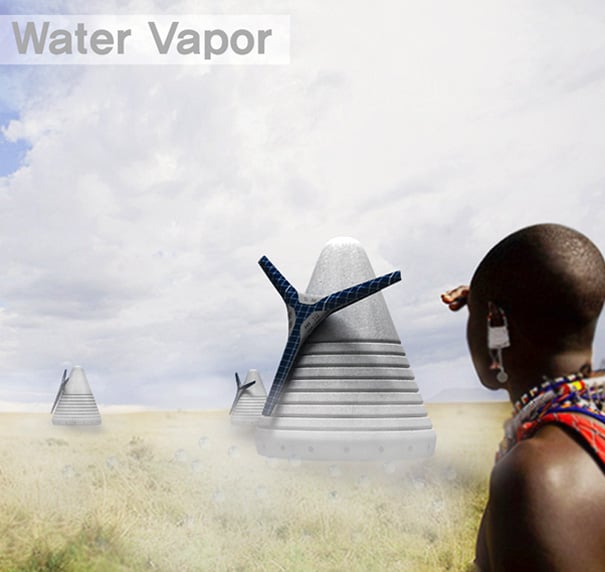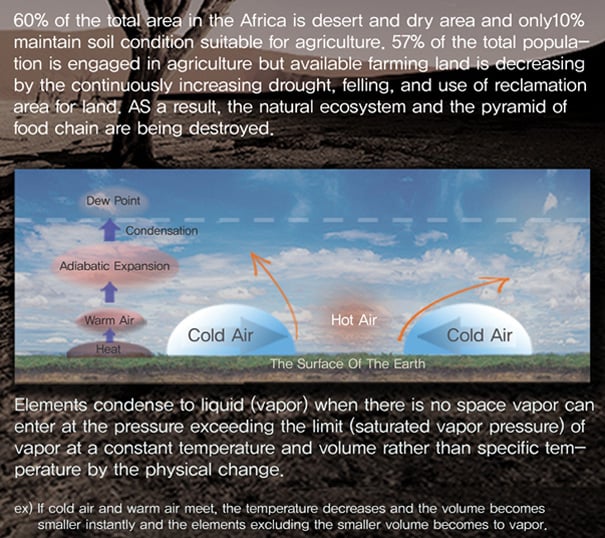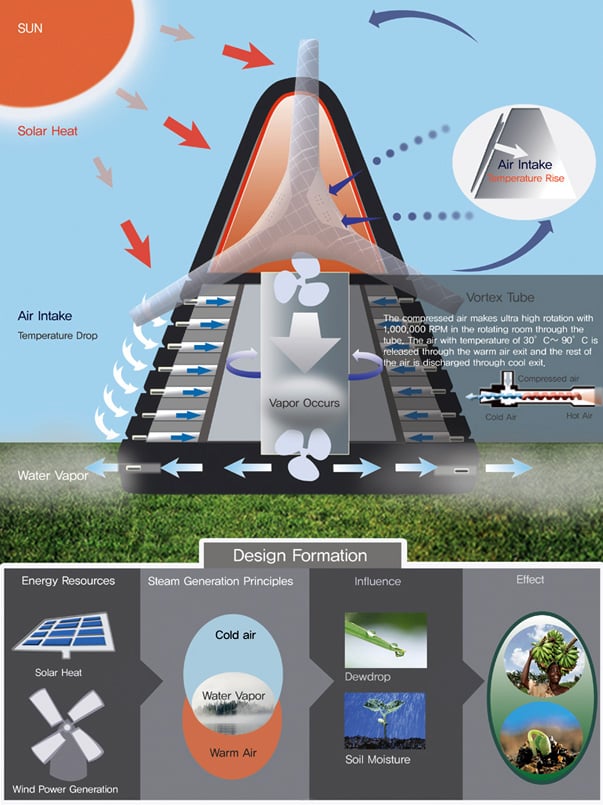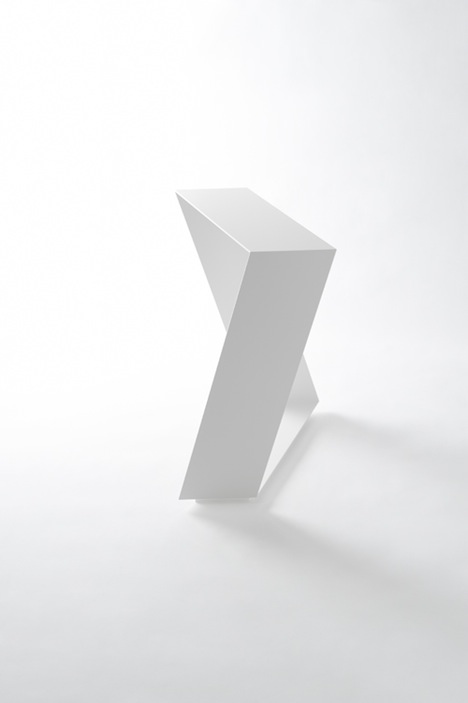We met Benjamin Hubert at last year’s Electrolux Design Lab event and although familiar with his work, came away with even more respect. Born in 1984, Benjamin studied ID at Loughborough University graduating in 2006. A year later he founded his own studio that includes a diverse range of furniture and lighting products. He’s laid back and has an awesome sense of humor so we decided to play 20 questions.
Designer: Benjamin Hubert
Benjamin Hubert, what do your friends and family call you?
Ben….I have a university nickname some of my friends call me but I’m not telling you that.
Who do you admire?
My family, my girlfriend.
If you weren’t an industrial designer, what would you be doing?
Maybe an artist but I like the idea of being a chef, I love food.
You have your own studio, why go solo?
To have control of the whole process.
What’s your favorite color and why?
Different colours work best in different situations.
What are you most proud of?
Forming my own studio and making it into a working business.
What was your most recent moment of inspiration?
A trip to Marrakech.
If you weren’t Benjamin Hubert, which other industrial designer would you be?
I wouldn’t be another industrial designer.
New project at hand – do you plunge headlong or move with control and caution?
We have lots of new projects on the go for launch in 2011 and 2012, it’s a combination of planning (caution) and going headlong with a vision.
Something about you most people wouldn’t expect?
I worked for 4 large industrial design consultancies before and whilst setting up my studio.
Do you ask for critique during work in progress or wait for the reveal?
Yes lots of critique throughout the process is healthy.
Your ultimate goal?
Happiness.
Where would you be if you could pick up and go right now?
Tibet.
What animal would you be?
A shark.
Strangest question you were ever asked?
Some of the questions on this interview…
Are you a good dancer?
I think I am when I have had lots to drink.
Can you sing well?
NO!
Favorite quote?
Don’t have one.
Favorite number?
Still don’t have one.
Sage advice in seven words or less.
Never give up.




























